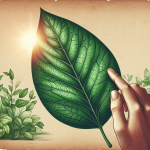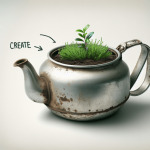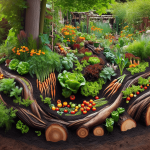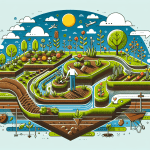This post may contain affiliate links. As an Amazon Associate, we may earn commissions from qualifying purchases.
When it comes to optimizing water use and ensuring your garden or farm thrives, understanding the differences between drip and subsurface irrigation systems is crucial. In “Advanced Irrigation Systems: Drip Vs. Subsurface Irrigation Techniques,” you’ll discover the unique benefits and challenges of each approach. Drip irrigation delivers water directly to the base of your plants, reducing evaporation and runoff, while subsurface irrigation targets the root zone, promoting deeper root growth and efficient water usage. Learning about these advanced techniques will empower you to choose the best system for your specific needs, ensuring healthy, vibrant plants and a more sustainable future for your gardening efforts. Have you ever paused to consider the intricate workings behind a lush, thriving garden or a bountiful agricultural field? When it comes to growing healthy plants or boosting crop yields, the type of irrigation system you choose can make a world of difference. Advanced irrigation systems like drip and subsurface irrigation techniques have revolutionized the way we provide water to our green spaces. Curious to learn more about these highly efficient methods? Let’s dive into the details!
Advanced Irrigation Systems: Drip Vs. Subsurface Irrigation Techniques
Irrigation is an essential component of horticulture and agriculture, influencing both plant health and productivity. Modern irrigation techniques like drip and subsurface irrigation, in particular, have taken these sectors by storm. Understanding the differences, benefits, and limitations of these systems can help you make an informed decision for your garden or farm.
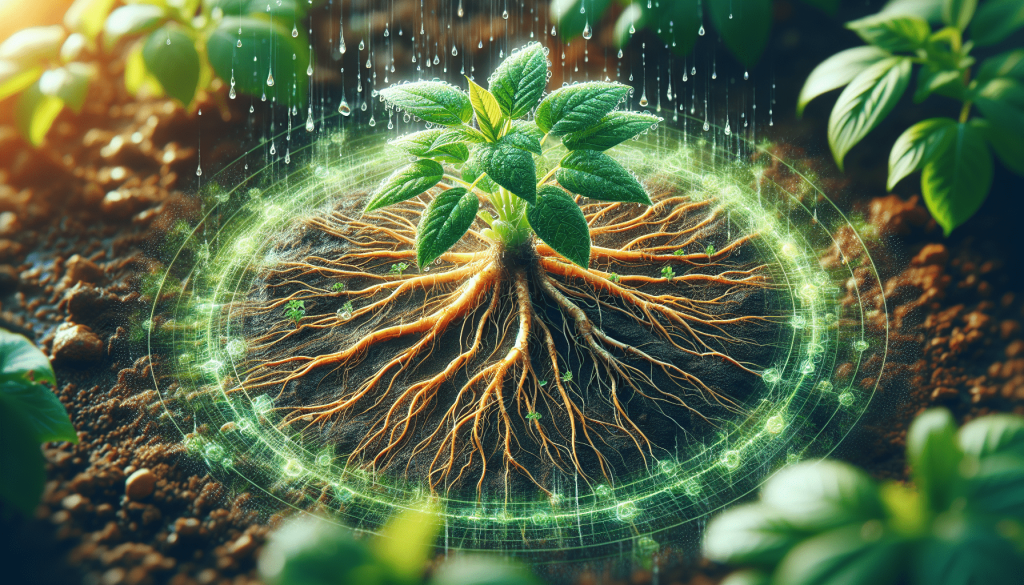
Understanding Drip Irrigation
Drip irrigation is one of the most efficient and commonly used methods for delivering water directly to the root zones of plants.
How Drip Irrigation Works
Drip irrigation systems use a network of tubes, pipes, and emitters to deliver water directly to the soil surface near the plant roots. Each emitter releases water slowly, ensuring that it penetrates deep into the soil where the roots can absorb it. This targeted approach minimizes waste and maximizes efficiency.
Benefits of Drip Irrigation
Drip irrigation has numerous advantages:
- Water Efficiency: By delivering water directly to the root zone, you can significantly reduce water loss through evaporation or runoff.
- Reduced Weed Growth: Since water is applied directly to the plant roots, the surrounding areas remain dry, limiting weed growth.
- Nutrient Management: Fertilizers can be easily applied through drip systems, ensuring that nutrients are delivered directly to the plant roots.
- Disease Prevention: By avoiding wetting the plant foliage, drip irrigation helps reduce the chances of fungal diseases and mildew.
Potential Drawbacks
Despite its varied benefits, drip irrigation also has some limitations:
- Initial Cost: Setting up a drip system can be expensive due to the cost of materials and installation.
- Maintenance: The tubes and emitters can clog easily, requiring regular maintenance and monitoring.
Exploring Subsurface Irrigation
Subsurface irrigation takes water delivery to an even more advanced level by applying water below the soil surface.
How Subsurface Irrigation Works
Subsurface irrigation involves burying drip lines or porous pipes below the soil surface, directly delivering water to plant roots. This system is ideal for a variety of crops, lawns, and high-value plants.
Benefits of Subsurface Irrigation
Subsurface irrigation offers several unique advantages:
- Higher Water Efficiency: By delivering water directly to the root zone below the soil surface, you can virtually eliminate water loss through evaporation and surface runoff.
- Improved Root Development: Consistent moisture levels below the soil surface promote healthier root growth and greater plant stability.
- Minimal Surface Disruption: Unlike traditional irrigation methods, subsurface irrigation systems don’t wet the soil surface, reducing weed growth and erosion.
- Less Disease Pressure: The reduced humidity at the soil surface minimizes the risk of plant diseases.
Challenges to Consider
However, subsurface irrigation does come with its own set of challenges:
- Higher Installation Costs: The setup for subsurface irrigation systems can be more expensive due to the need for specialized equipment and labor.
- Complex Maintenance: Detecting and fixing issues like pipe blockages or leaks can be more complicated since the system is underground.
Comparing Drip and Subsurface Irrigation
Comparing the two systems helps you understand their key differences and make a better choice based on your needs.
Efficiency and Water Conservation
| Drip Irrigation | Subsurface Irrigation | |
|---|---|---|
| Water Efficiency | High | Very High |
| Evaporation Loss | Low | Very Low |
| Runoff Risk | Low | None |
Installation and Maintenance
| Drip Irrigation | Subsurface Irrigation | |
|---|---|---|
| Initial Cost | Moderate to High | High |
| Installation Ease | Moderate | Complex |
| Maintenance | Moderate | Complex |
Plant Health and Productivity
| Drip Irrigation | Subsurface Irrigation | |
|---|---|---|
| Root Development | Good | Excellent |
| Disease Prevention | Good | Excellent |
| Nutrient Delivery | Efficient | Highly Efficient |
Choosing the Right System for You
When deciding between drip and subsurface irrigation, consider the following factors:
Type of Plants or Crops
Different plants have different water needs. Drip irrigation suits a wide range of plants, from vegetables to shrubs, while subsurface irrigation is often better for high-value crops and lawns.
Soil Type
Soil characteristics can influence the efficiency of each irrigation method. Drip irrigation works well with various soil types, but subsurface irrigation excels in sandy soils where water permeates quickly.
Budget and Resources
Your budget will heavily influence your choice. While both systems require an initial investment, subsurface irrigation often comes with higher upfront costs. However, the long-term water savings might offset these initial expenses.
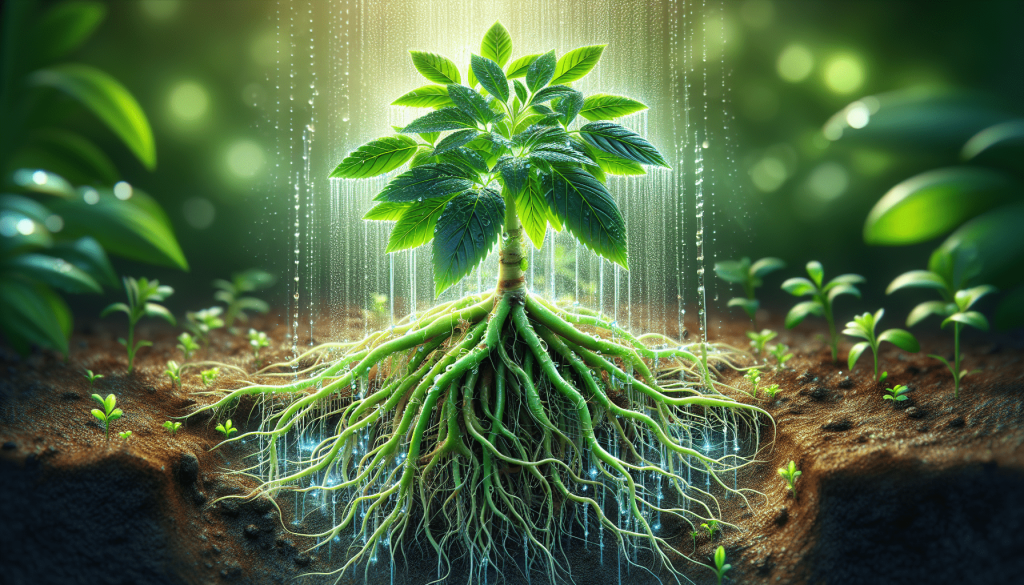
Environmental Impact
In today’s world, sustainability is a top priority. Both drip and subsurface irrigation systems minimize water waste, but subsurface systems tend to have an edge by virtually eliminating evaporation and runoff. Therefore, if your goal is to achieve maximum water conservation, subsurface irrigation may be the better option.
Conclusion
In the battle of advanced irrigation systems, both drip and subsurface techniques offer outstanding benefits for water efficiency, plant health, and productivity. Drip irrigation may be more accessible and versatile for varied plant types and soil, while subsurface irrigation often provides superior water conservation and root development. Your specific needs, budget, and environmental goals will ultimately guide you to the perfect system for your garden or farm. Choose wisely and watch your plants flourish like never before.

